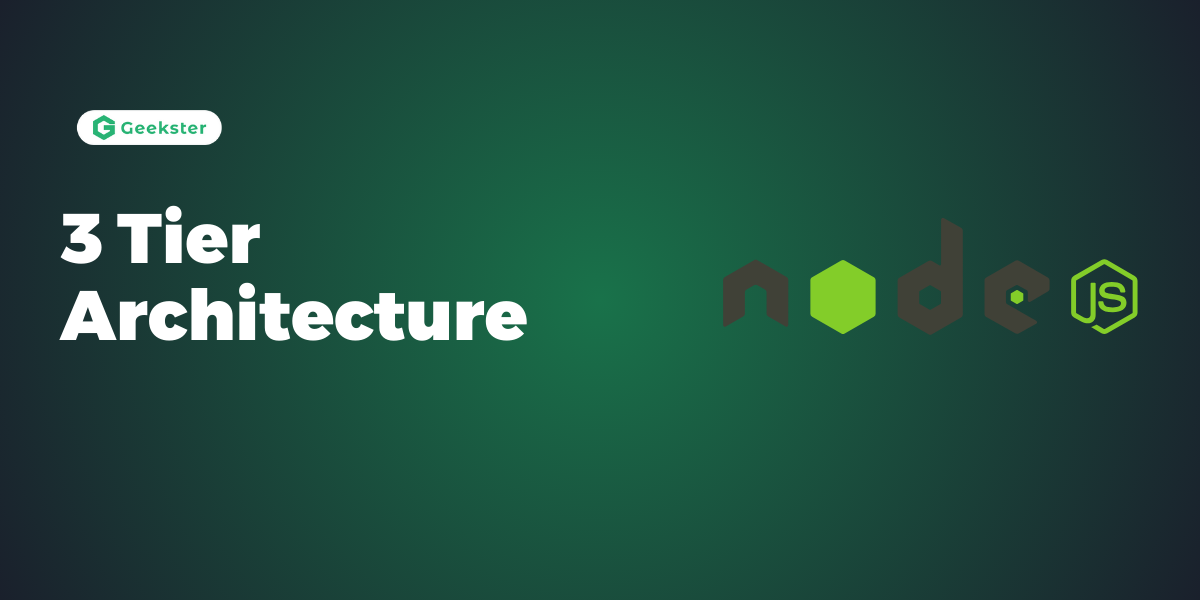What is 3 Tier Architecture?
The 3-tier Architecture, also known as the three-tier model, is a widely used architectural pattern in software development and web applications. It divides an application into three interconnected components or layers, each responsible for specific functions. This architectural model enhances scalability, maintainability, and flexibility in software design.
Components of 3-Tier Architecture:
- Presentation Layer (Tier 1 – Frontend):
- This is the user interface or the client-facing layer where users interact with the application.
- It includes the graphical user interface (GUI) and user input processing.
- Application Layer (Tier 2 – Backend):
- The application layer, sometimes called the business logic layer, contains the core logic and functionality of the application.
- It processes user requests from the presentation layer, performs computations, accesses the database, and generates responses.
- Data Layer (Tier 3 – Database):
- The data layer is responsible for storing, retrieving, and managing data.
- It includes databases or data storage systems where information persisted.
- Common database technologies include MySQL, PostgreSQL, MongoDB (NoSQL), and others.
Image of Three Tier Architecture

Advantages of three-tier architecture :
- Modularity and Separation of Concerns:
- Each layer has its own specific responsibilities and interacts with the other layers through well-defined interfaces. This separation makes the codebase more organized, easier to understand, and maintainable.
- Scalability:
- Scalability within the three-tier architecture is facilitated by the ability to independently scale each layer according to the application’s needs.
- Flexibility and Reusability:
- Each tier in the three-tier architecture is designed to be reusable and interchangeable. This means that components within each layer can be reused across different parts of the application or even in different applications altogether.
- Improved Maintainability:
- The three-tier architecture improves maintainability by encapsulating functionality within each layer and providing clear boundaries between them. This makes it easier to make changes or updates to specific parts of the application without affecting other parts.
- Enhanced Security:
- By separating concerns and enforcing access controls at each layer, the three-tier architecture enhances security.
Conclusion:
In conclusion, the three-tier architecture offers a structured and scalable approach to web application development. By separating presentation, application logic, and data storage layers, it promotes modularity, scalability, and maintainability. With clear boundaries between tiers, developers can adapt and scale each layer independently, ensuring efficient resource management and accommodating evolving user needs. This architectural pattern remains a cornerstone of modern software development, empowering teams to build robust and flexible applications that meet the demands of today’s dynamic digital landscape.
Frequently Asked Question
The three-tier architecture is a software design pattern that divides an application into three distinct layers: presentation, application logic, and data storage. The presentation layer handles user interaction and displays information, the application logic layer processes requests and implements business logic, and the data storage layer manages data storage and retrieval operations
The three-tier architecture offers several advantages, including modularity, scalability, maintainability, security, and technology independence.
The three-tier architecture promotes scalability by enabling each layer to scale independently based on demand.

